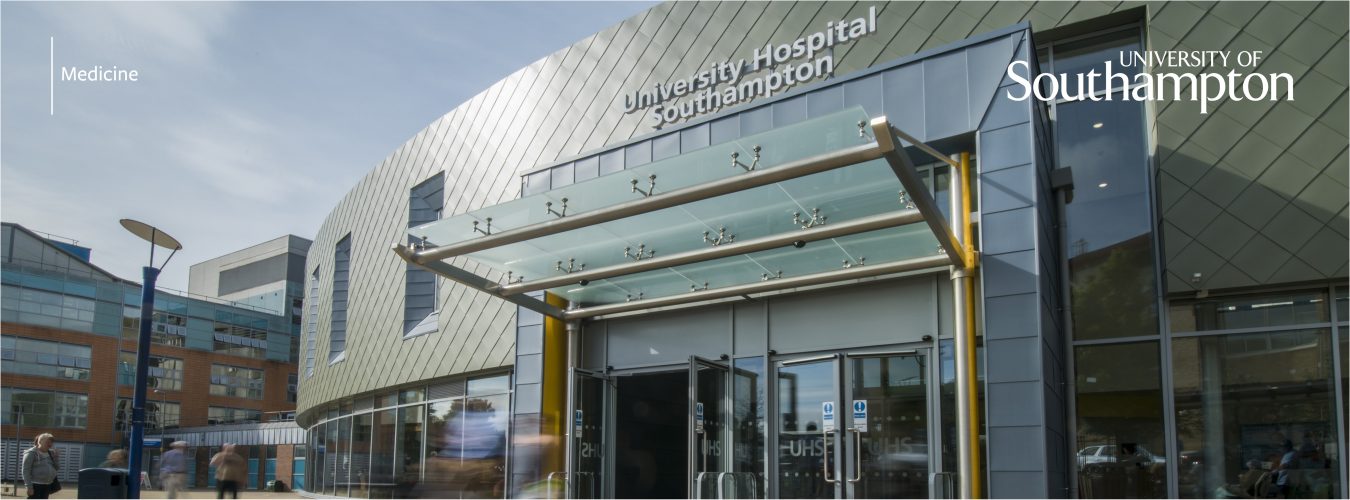In my second blog for Medically Speaking, I thought I would reflect on our recent Cancer Sciences Conference, as it was the first opportunity for our School to hold a large face-to-face meeting for more than a year.
The fact that the COVID-19 pandemic has created a variety of challenges, changes and consequences for our ability to communicate and work together is hardly unexpected. Many of us have had to overcome numerous challenges that have made it difficult to engage effectively with our colleagues. Working remotely came with distractions, perhaps the home environment was less than ideal, or a family member was working or studying in the same space. There was the continual temptation to answer a few important emails whilst trying to focus on, yet another Teams call, or even trying to prepare for the next call during the current one due to the nature of continual back-to-back meetings.
Because of these hurdles, we all have an intuitive sense of the limitations of Teams, as well as its benefits, but it can be difficult to articulate the underlying logic for what works and doesn’t. Clearly emails are great for providing information and Teams calls are excellent for group catch-ups and providing support or guidance to our staff and students. Neither is ideal for team bonding, creative brainstorming, serendipitous new connections or sustaining our culture.
The plan had always been to meet in person for our annual conference, but as the date approached, and COVID cases rose, we decided to re-think our position. This was a tricky decision, as our clinical colleagues had been working face-to-face with their patients throughout the pandemic, but many others remained anxious about a return to large face-to-face meetings, and some may have had significant medical considerations.
In the end, we decided to go back to all our stakeholders to canvas opinion. Most members favoured a meeting in person, so we set about finalizing the structure of the day that would be face-to-face but accessible to those who could not attend. On behalf of our School, I would just like to sincerely thank our ERE (Ali Roghanian and Emma Reeves) and FOS (Lynsey Block and Katie Bartlett) staff for their effort and commitment.
On the day, we had approximately 120 people attend in person, from across all our job families, and people were truly excited to be there, with a few meeting their group members for the very first time in person. I was excited to be there! We are grateful to Professor Diana Eccles, who opened the conference, clearly articulating the important role that Cancer Sciences plays in our faculty, and broader university.
We had three scientific oral sessions, focusing on basic, clinical and advances in cancer research, a fast paced, energetic ‘Pitch perfect-like’ poster contest (where selected poster presenters did a 3-minute presentations of their research), and a couple of regular poster sessions. The poster pitch contest was brilliant, with great communications skills on display, whilst both poster sessions had a vibrant atmosphere full of enthusiasm and excellent research ideas.
Despite all the COVID disruptions, our presenters all deliver high-quality talks, that was eloquently delivered in an engaging style. The time and effort that they had invested in their presentations was clearly evident, indicating their dedication and perseverance, even during these difficult times! Much of research conducted in our school is truly at the forefront of the field, expanding the boundaries of our understanding of cancer pathogenesis, and helping to define how best utilize this new knowledge for the benefit of patients.
And of course the conference could not be complete without a keynote speech, which was delivered by Prof Peter Johnson. In his capacity as the NHS National Clinical Director of Cancer, Peter did a fantastic job of discussing the NHS policies and the impact of the pandemic on cancer diagnosis and patient care. Further, he showcased a number of great new initiatives (e.g., iDx Lung trial and its mobile sampling unit, and a new revolutionary cancer biomarker blood test) in order to increase the early diagnosis of cancer, in particular in parts of the country where the cancer incidence is high.
Finally, it was a great pleasure to welcome Professor Diana Barelle, our new Associate Dean for Research, who had kindly agreed to award the prizes. Oral presentations winners were Marcus Widdness, Heng Sheng-Sow and Dean Bryant, the poster pitch was won by Francziska Heckel, whilst the best poster prizes were awarded to Gabriela Virdzekova and Sarah Frampton. Many congratulations to the winners, but also to everyone who contributed their work, attention, questions and ideas to the meeting.
After the conference, I spoke to one of my students about their experience of accessing the event virtually. They noted the quality of the talks and had enjoyed watching them all online. However, the absence of live streaming has left my student feeling that it had been difficult to feel part of the conference experience. Moving forward, we need to continue to develop new ideas and strategies to provide inclusive opportunities to fully engage with all our stakeholders, so each individual can contribute fully and feel well supported. After all, we understand that hybrid approaches are with us, now and for the foreseeable future, but they also offer many advantages if well implemented.
In conclusion, the conference was a massive accomplishment, and an opportunity for many of our staff and students to meet, interact, showcase their work and ideas, polish their presentation skills, celebrate their own successes and the achievements of others. It reminds me of the critical role our conference plays in fostering our collaborative and supportive culture, and it reaffirmed its place in our school’s calendar, in spite of the current financial challenges. I look forward to next year’s conference.

